Part of exhibition
History
-
Denne låven er frå Dortehaugen, som var ein husmannsplass under Sata fram til 1986. Frå gamalt var husmannsplassen kalla Gamlihaugen, men vart seinare heitande både Høydehaugen og Dortehaugen. Låven er truleg frå 1800-talet eingong, og kom til museet i 1985. Den har same romoppdeling som låvane på dei større gardane. Den har ein midtbolk, eller eit midtparti, som låvebrua fører inn på. Her var sjølve låven, kor dei treskte kornet med tust, og sidan kasta, selde og dryfte det. Under finn ein underlåven. Fyrste høgda er delt i fôrbu til venstre, og kornbrøtet (rommet for det utreska kornet) til høgre.
ENGLISH:
This barn is from Dortehaugen, which was a crofter’s holding under the main farm Sata until 1986. In earlier times, the place was called Gamlihaugen, but was later known both as Høydehaugen and Dortehaugen. The barn is likely from sometime in the 1800s and was moved to the museum in 1985.It has the same room layout as barns on larger farms. It features a central section, or midtbolk, which the barn bridge leads into. This was the threshing floor, where the grain was threshed using a flail, and then winnowed, sifted, and cleaned. Below is the underlåven (lower barn). The first floor is divided into a feed storage room on the left, and a kornbrøtet (the room for the threshed grain) on the right.
Classification
License information
- License Contact owner for more information
Metadata
- Identifier Ål-bygning 28 Låve
- Part of collection Hallingdal Museum
- Owner of collection Stiftelsen Hallingdal Museum
- Institution Hallingdal Museum
- Date published November 20, 2015
- Date updated June 24, 2025
- DIMU-CODE 021056013080
- UUID 631d2467-c6b2-4bb1-b029-6f670e19e02d
- Tags
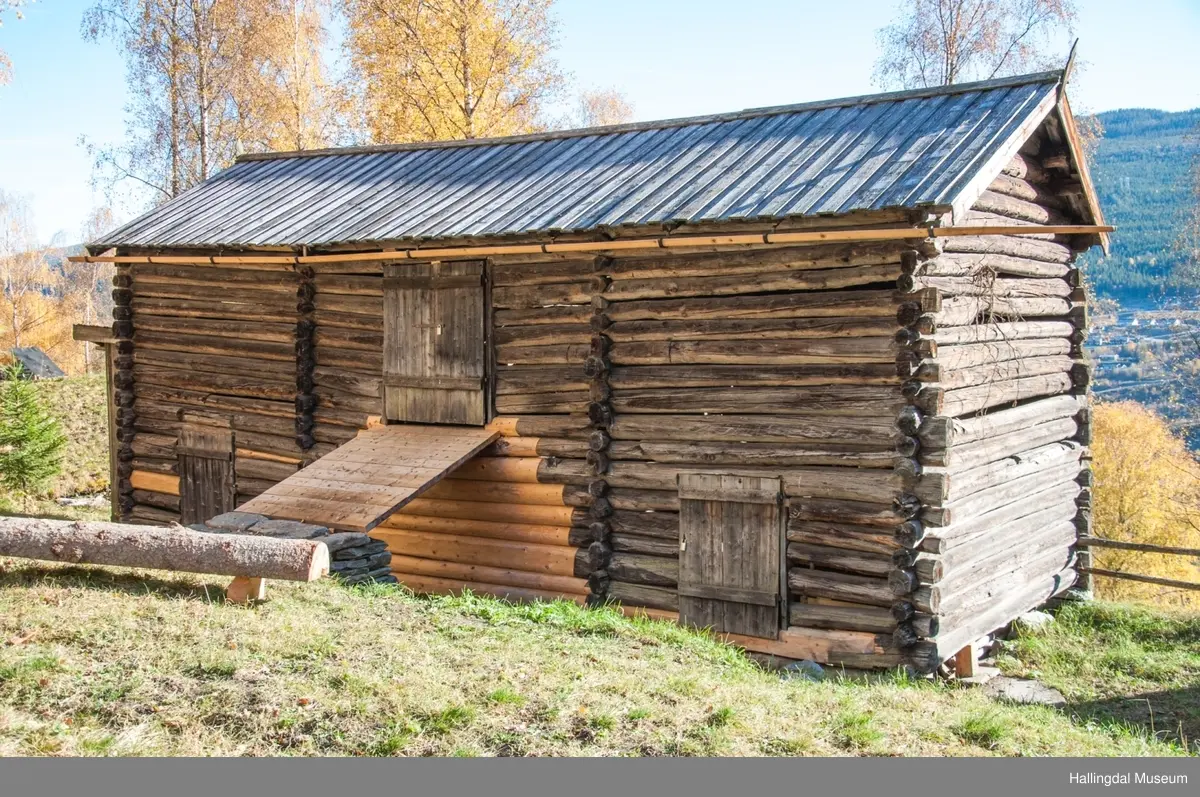
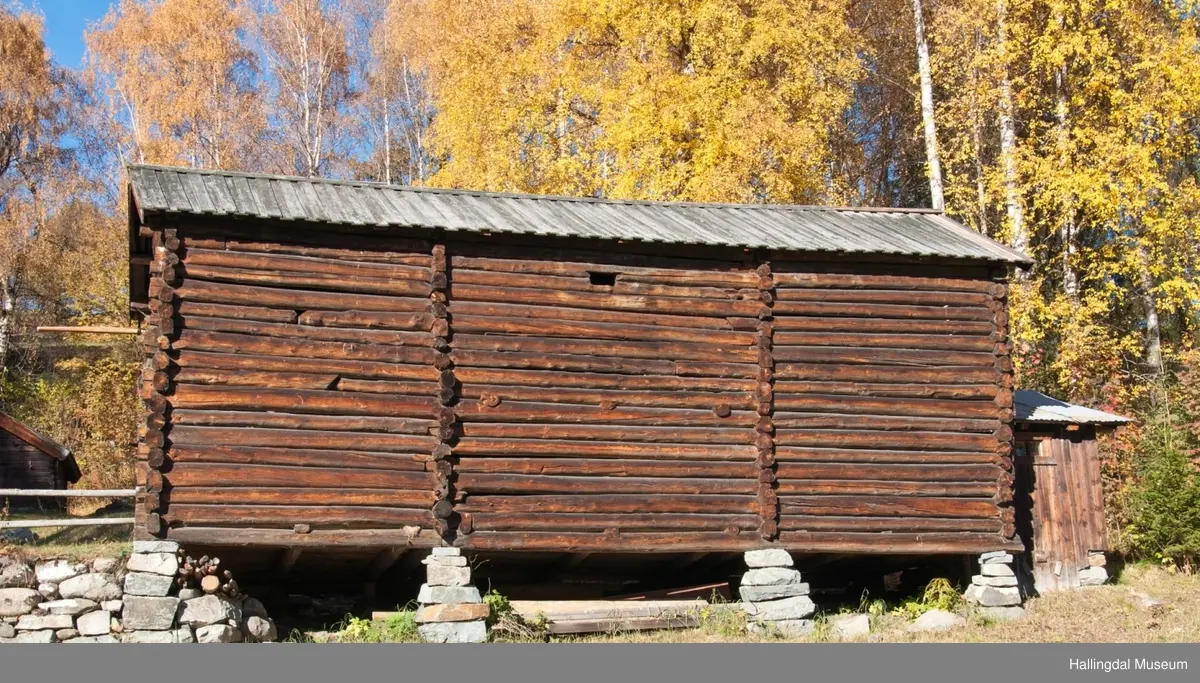
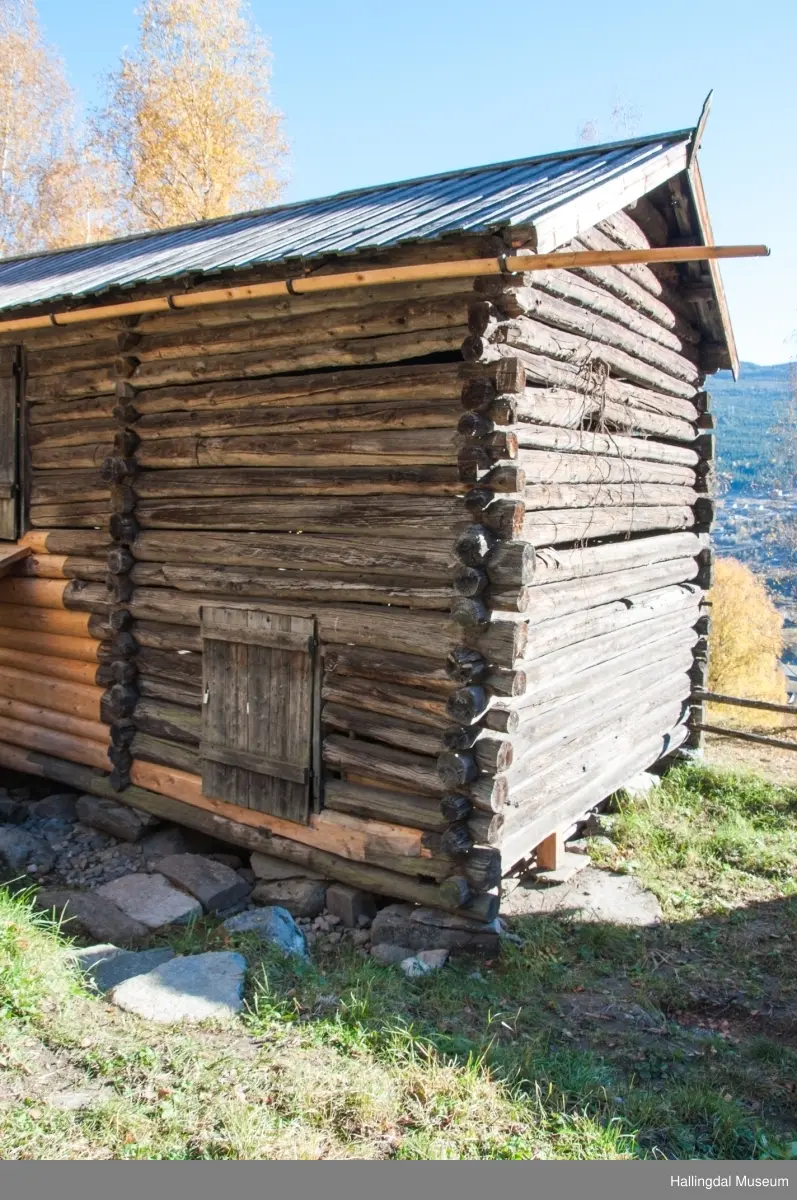
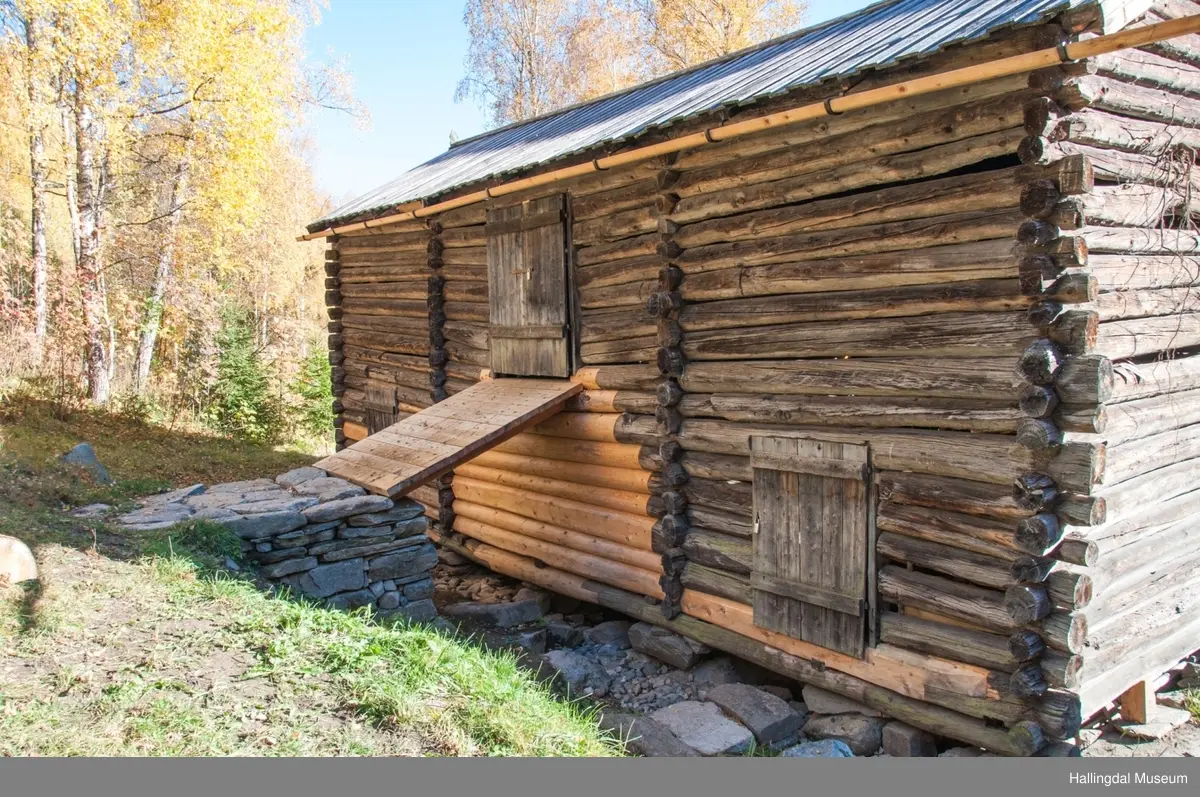
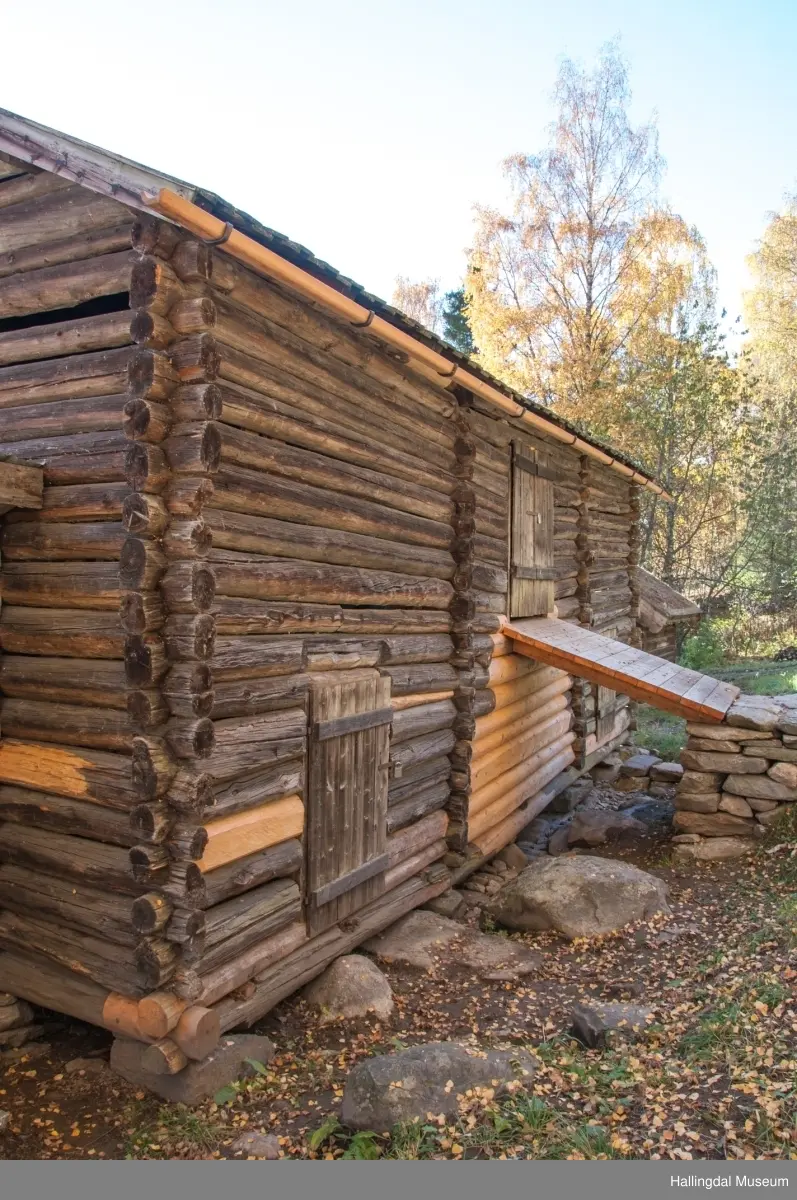
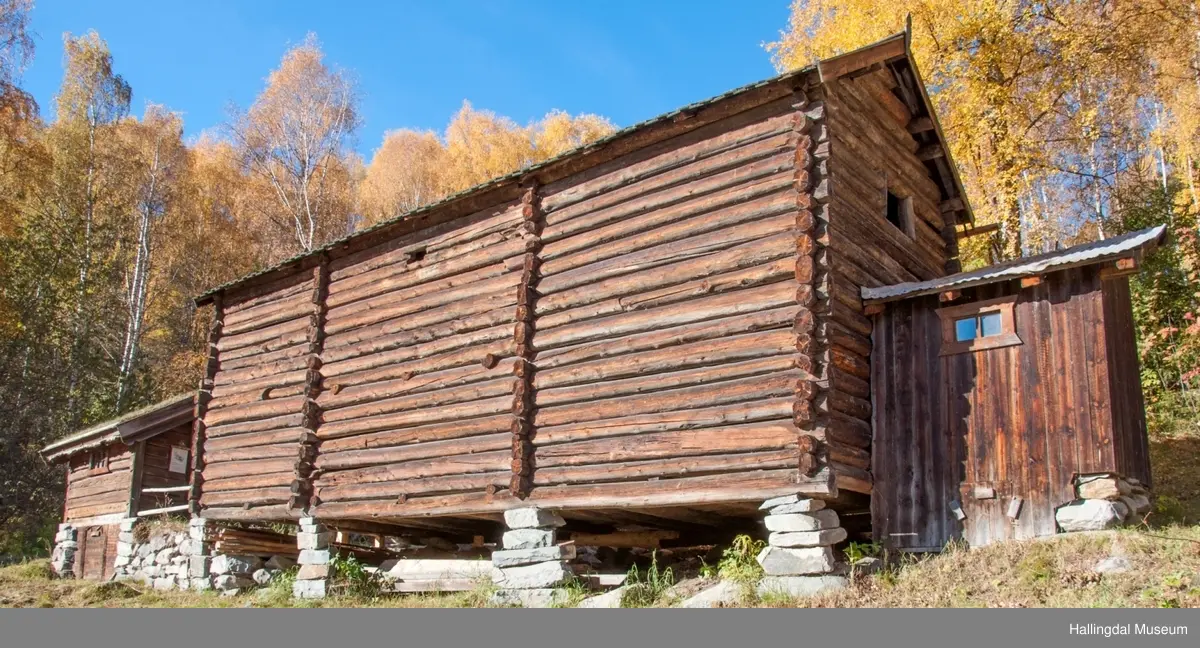
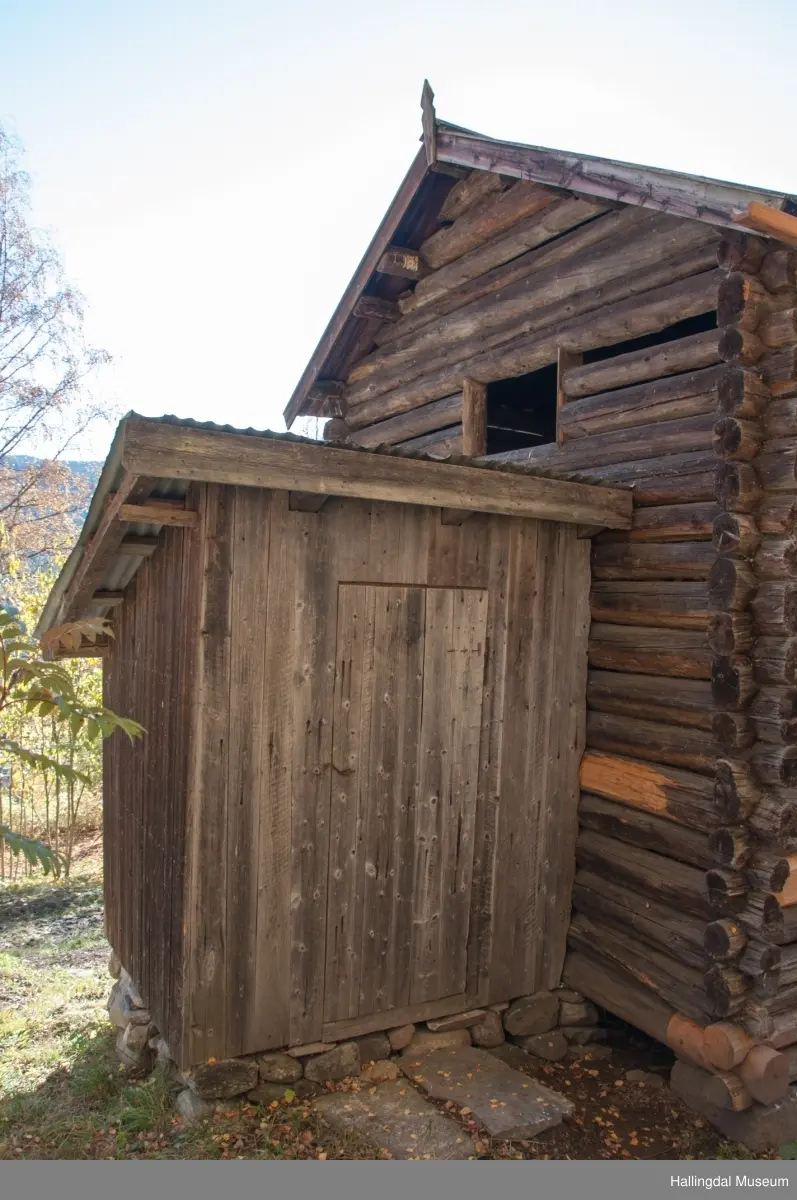
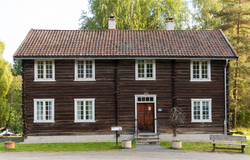
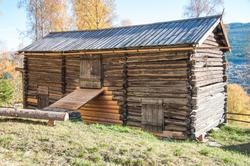
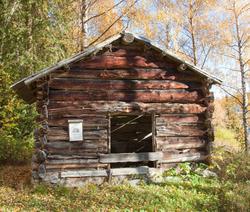

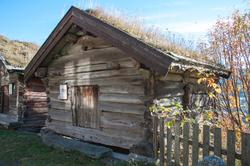
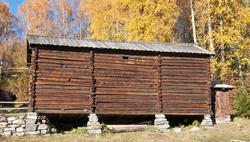
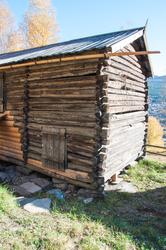
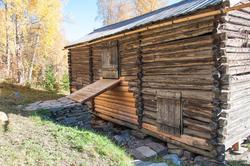
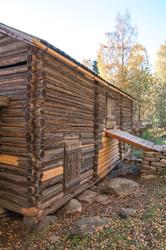
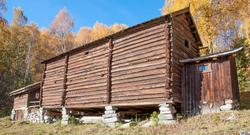
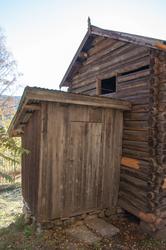
Add a comment or suggest edits
To publish a public comment on the object, select «Leave a comment». To send an inquiry directly to the museum, select «Send an inquiry».